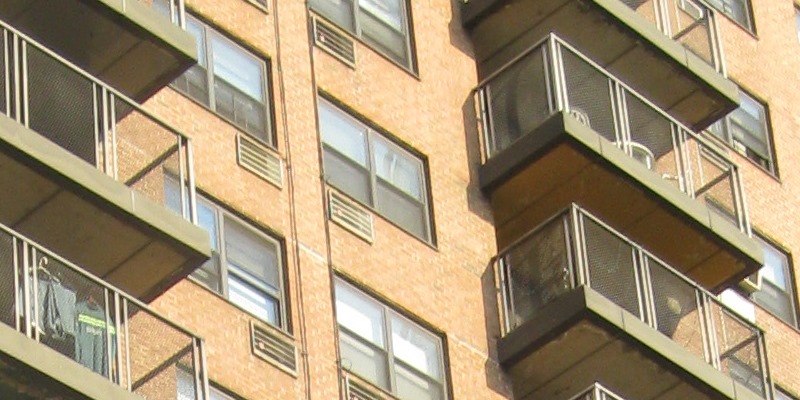Ontario government proposals could boost housing supply, increase affordability

The Ford government recently announced the broad strokes of its “housing supply action plan” aimed at getting a greater number and variety of much-needed homes built in Ontario’s least affordable communities.
Though it’s unclear how the plan will ultimately be implemented, it may include some of the boldest steps towards affordability the province has seen in a long time.
For several years now, housing policy mainly tried to curb housing demand in Canada’s most expensive metro areas—punitive taxes on summer homeowners in British Columbia, mortgage “stress tests” imposed by the federal government. Ontario’s latest proposals—should they come to pass—mark an important change of tack in unlocking more housing supply.
This is important, because rather than trying to dissuade demand in Canada’s largest fastest-growing metro areas, governments should try to ensure the number of new houses, townhomes, duplexes and apartments grow in lockstep with the number of individuals and families trying to live in them. Unless supply keeps pace with demand, prices rise and big cities become more exclusive.
The Ontario government wants to accelerate the approval process for new homes, streamline and cap the fees municipalities charge in exchange for added density, and beef up the authority of the Local Planning Appeal Tribunal—essentially a committee that adjudicates land-use planning disputes between local governments, citizens and property developers.
Again, depending on how these proposals are implemented, and whether the necessary changes to Ontario’s existing planning legislation (and local bylaws) are carried out, there’s a real possibility they can help reduce the uncertainty homebuilders often face, in turn increasing the number of much-needed homes available to Ontarians.
There’s potential good news for Ontarian renters, too, who face some of Canada’s highest rents and tightest vacancy rates. Building on its elimination of rent controls on new rental units last year, Queen’s Park aims to boost the number of secondary suites—ranging from laneway homes to garage units—by requiring municipalities to authorize them without the need for drawn-out rezoning processes or potentially onerous development charges. These charges—which are usually payable upon obtaining a building permit—will also be deferred for purpose-built rental development to minimize the high upfront costs that might deter the construction of new apartments.
There’s a lot to chew on in the Ontario government’s latest plans. And again, how these plans are ultimately implemented remains to be seen. But for advocates of more affordable and inclusive cities, where everyone from young families looking for a toehold in a red-hot housing market to retirees looking to downsize into more walkable amenity-rich neighbourhoods, the latest proposals out of Queen’s Park will hopefully mark a turning point in Ontario and beyond.

